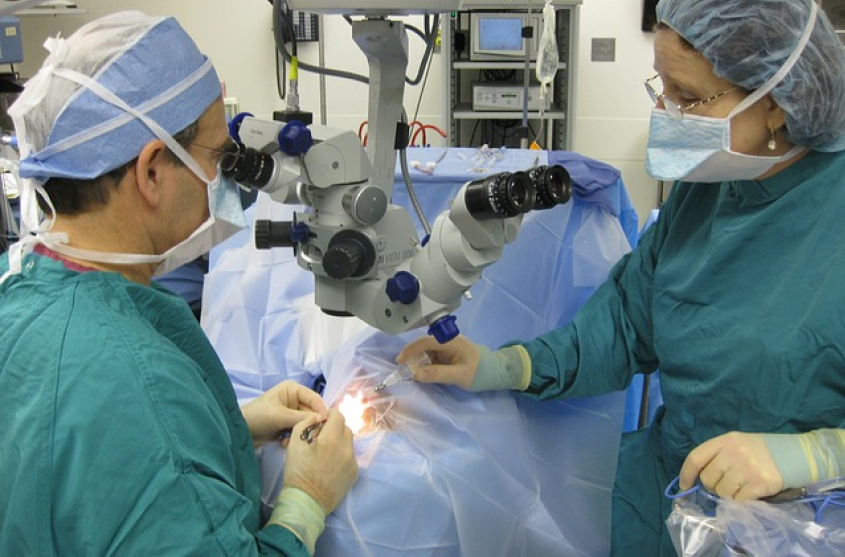Dr. Zain

When it comes to jaw surgery, separating fact from fiction is crucial. Misconceptions about the procedure often create unnecessary confusion and anxiety. This article aims to clear up the top myths surrounding jaw surgery and provide accurate information to help you make informed decisions.
Myth 1: Jaw Surgery Is Only for Cosmetic Reasons
One of the most common myths about jaw surgery is that it is solely for aesthetic enhancement. While improving facial appearance is a benefit, the primary purpose of jaw surgery often lies in addressing functional issues like misaligned bites, speech difficulties, and breathing problems. By correcting these issues, jaw surgery can significantly improve quality of life, making it much more than just a cosmetic procedure.
Myth 2: Jaw Surgery Is Only for Severe Cases
Another myth about jaw surgery is that it is reserved for individuals with severe deformities or complex dental issues. In reality, the procedure is beneficial for a wide range of conditions, including moderate jaw misalignment or malocclusion. These issues can still impact everyday functions like chewing, speaking, and even sleeping. Jaw surgery is a versatile solution that addresses concerns beyond the severe spectrum.
Myth 3: Jaw Surgery Is Painful and Has a Long Recovery Time
Fear of pain and a lengthy recovery often deter people from considering jaw surgery. However, advancements in surgical techniques, anesthesia, and pain management have greatly improved the patient experience. While some discomfort is normal, most patients find it manageable with prescribed medications or over-the-counter pain relief. Additionally, many return to regular activities within a few weeks, with complete healing typically occurring over a few months.
Myth 4: Jaw Surgery Is Only for Adults
It’s a common belief that jaw surgery is exclusively for adults, but that’s not always the case. Adolescents with significant jaw misalignment or functional issues may also benefit from the procedure. Timing depends on the individual’s growth and the severity of the problem. In some cases, early intervention can prevent complications and improve treatment outcomes.
Myth 5: Jaw Surgery Is Risky
All surgeries come with risks, but jaw surgery has a strong safety record. Oral and maxillofacial surgeons are highly trained professionals who use advanced imaging and planning technologies to minimize complications. Comprehensive pre-operative evaluations further ensure a tailored, safe approach for each patient. Most individuals experience smooth recoveries with successful results.
What Is Jaw Surgery?
Jaw surgery, or orthognathic surgery, corrects structural issues in the jaw and facial bones to improve functionality and aesthetics. Commonly performed by oral and maxillofacial surgeons, it addresses conditions like overbites, underbites, and crossbites that can hinder chewing, speaking, and breathing.
The procedure involves repositioning the upper jaw (maxilla), lower jaw (mandible), or both to achieve proper alignment. While some patients require surgery for congenital or trauma-related issues, others undergo the procedure after orthodontic treatments prove insufficient.
Understanding the Benefits
Jaw surgery is transformative, offering improvements in both appearance and functionality. By debunking these myths, individuals can approach the procedure with confidence and explore the comprehensive benefits it provides. Whether for health or aesthetics, jaw surgery can be a life-changing solution for those facing jaw-related concerns.